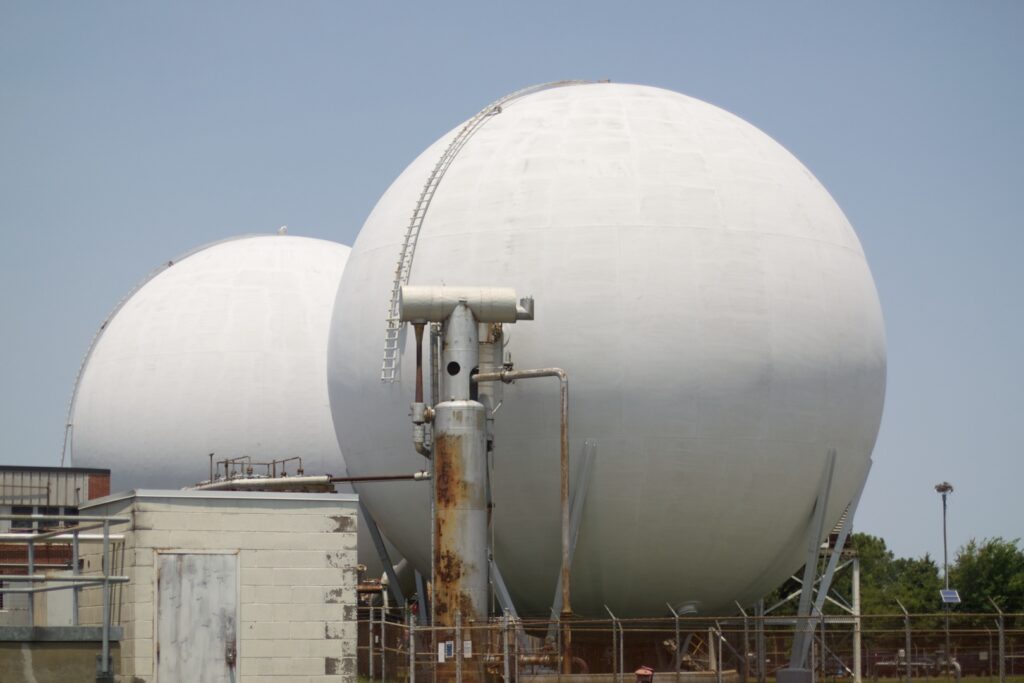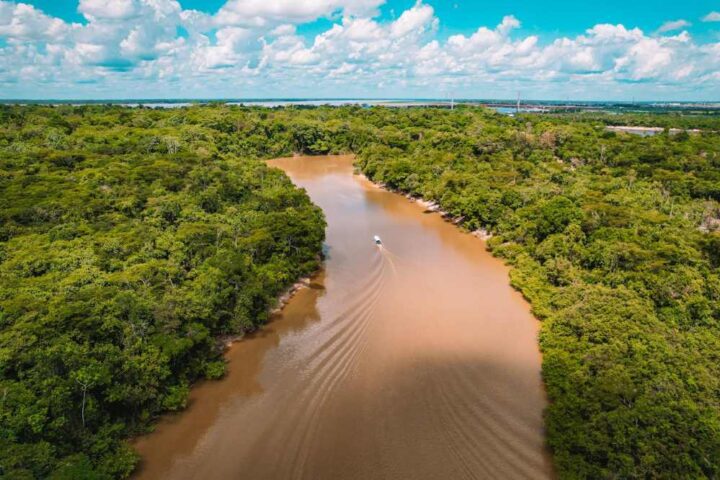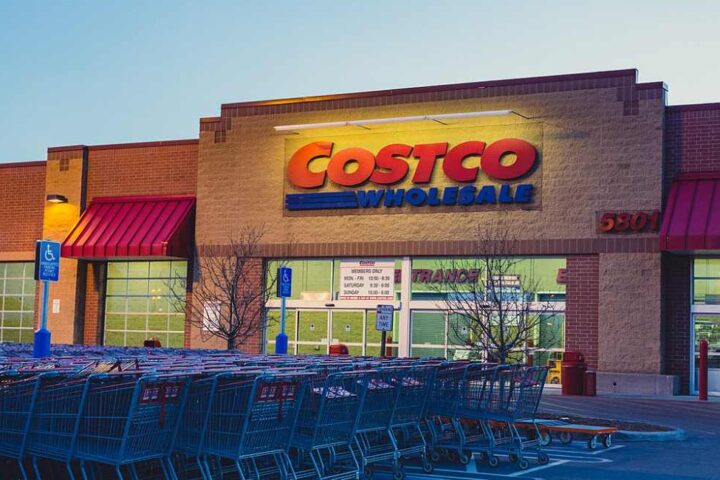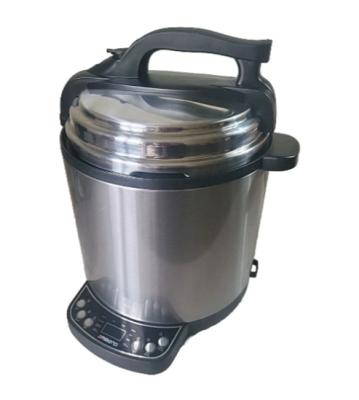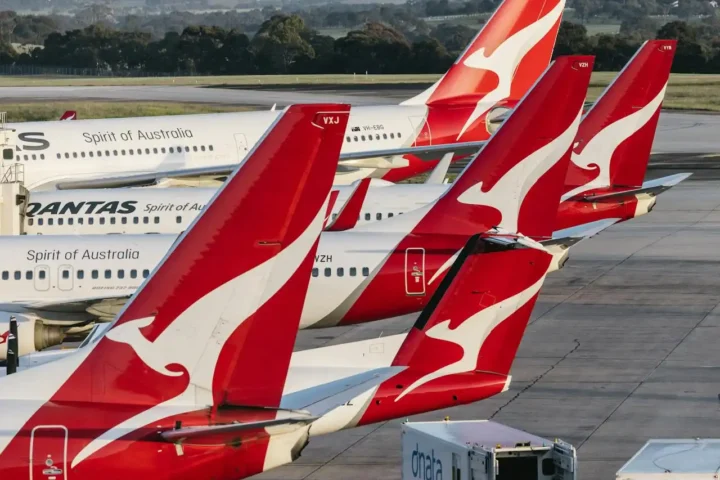The Panama Canal, responsible for handling an estimated 5% of global trade, is facing unprecedented congestion due to severe drought conditions. A recent auction by canal authorities saw a winning bid of $2.4 million for a vessel slot, highlighting the desperation of shippers to bypass the backlog. Maersk, a shipping giant, reported paying an additional $900,000 on top of the usual $400,000 toll fee for each of its two vessels that couldn’t secure a timely slot.
The drought has significantly lowered water levels, restricting the number of ships that can traverse the canal. Liquefied petroleum gas and liquefied natural gas carriers are often the highest bidders in these auctions, according to the Panama Canal Authority. As a crucial passage, 40% of US container traffic flows through the Panama Canal. Recent reports indicate a 20% reduction in the queue of vessels, with 108 ships currently waiting at the canal’s entrances.
However, with the holiday season approaching, concerns are mounting over potential supply chain disruptions. Project44 noted a concerning rise in wait times, with some days seeing an average wait of four days, a 100% increase from the usual two-day wait. The canal’s water levels remain concerning, especially as the end of the rainy season nears, prompting continued transit restrictions through 2024. These restrictions, aimed at conserving water, have contributed to increased freight costs, especially as the Christmas season approaches.
Alternate routes are being considered by many ship owners to avoid the costly delays associated with the canal. Despite the challenges, the canal has seen nearly 800 more vessel crossings than anticipated in its 2023 fiscal year budget. The Gatun Lake, which supplies the canal, has seen its water levels drop to 24.2 meters, compared to the typical 26.6 meters for September. Each ship’s passage through the canal uses approximately 51 million gallons of water from the Gatun Lake.
Similar Posts
Experts are sounding alarms about potential maritime trade disruptions, especially with predictions of an even drier period in the coming year. The canal’s significance cannot be understated, with an estimated $270 billion worth of cargo passing through it annually, destined for over 170 countries. Indian consignments are among those affected, with many stuck due to the imposed weight and traffic restrictions. Everstream Analytics reported a surge in waiting ships, from 29 to 135, primarily consisting of gas tankers and bulk carriers.
Ilya Espino, the canal’s deputy administrator, expressed concerns over the increasing number of arrivals. Despite being one of the world’s wettest countries, Panama is experiencing one of its driest seasons on record. The canal’s operation relies heavily on water from neighboring freshwater lakes, using a lock system that requires vast amounts of water to float each vessel. Current rainfall levels in Panama have been the lowest since the early 2000s, posing a significant challenge to the canal’s operation.
While experts believe the freshwater lakes won’t decline, the situation hasn’t shown significant improvement, hinting at a prolonged concern. Drier conditions might soon extend across southern Central America, including Panama, potentially impacting other critical waterways like the Mississippi River. As one official aptly put it, “When you have a blockage in one part of the supply chain, the rest of the supply chain is automatically affected.”

